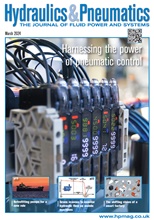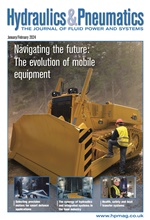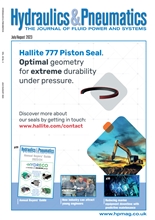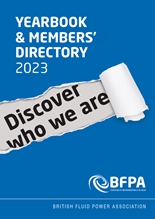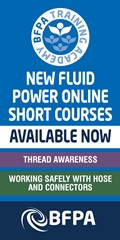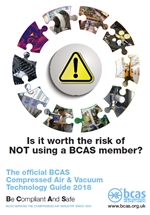- Home » Editorial » Pneumatics
Five ways to optimise pneumatic systems design for food & beverage packaging applications
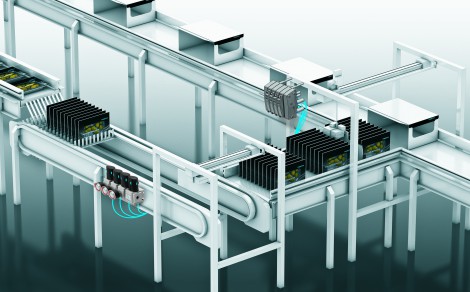
Andy Macpherson, Industry Manager for Food & Beverage at Festo GB, offers advice to help system designers adhere to food safety guidelines while improving machine utilisation and performance.
Let’s begin with a fundamental question: why apply pneumatic automation in the food zone instead of electric automation? Pneumatic automation remains a key solution because of its lower relative cost compared to electric automation in food and beverage applications. In the food and splash zones, components must withstand harsh cleaning processes; even in dry cleaning applications, they still need to be cleanable. Moisture, chemicals, and electronics do not mix well.
While electric automation can and does exist in food and beverage packaging automation, the cost of protecting the electronics and motor drives is significant. When electrics are applied, they therefore tend to be used selectively. Furthermore, components in many food applications have shorter operational lives due to the harsh environment, which means parts need replacing sooner. Replacing a less expensive pneumatic actuator keeps operational costs lower.
Taken as a whole, pneumatic automation is the predominant solution for its lowest total lifecycle cost due to the harsh environments. Taken together, the following tips will help you achieve three important design objectives:
Conformance to food safety and hygienic design guidelines
Improved machine utilisation
Increased machine performance
Tip 1: Standardise on metric pneumatic systems
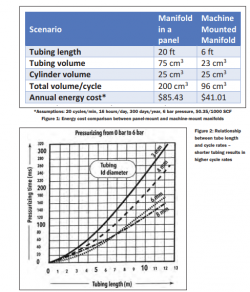
Tubing and fittings for metric cylinders use G-thread fittings that have parallel threads. Parallel threads seal flush to a gasket and eliminate exposed crevices. Utilising G-threads with metric tubing is the best option for food safety applications.
Tapered thread fittings pose a contamination risk because they seal by wedging threads together and require sealing tape. This presents multiple contamination risks not only from exposed threads, but also through metal fragments or flaking tape. G-threads lower the risk of contamination and clean faster, which equals greater machine availability
Tip 2: Select a clean-design cylinder family
Instead of designing with generic cylinders, begin by identifying a cylinder family that was created for washdown and cleanability in food and beverage applications. Then design the pneumatic automation system around that family. Food and beverage cylinders are intended to be easy and fast to clean. They have large radii that do not pose a hygiene risk because they promote high flow velocities of the cleaning agents and disinfectants. There are no tight spaces where required cleaning cannot be achieved. These cylinders feature high-gloss surface finishes, which are essential for components in the food zone. High gloss reduces microbial contamination. FDAapproved seals and NSF-H1 grease protect against unintentional adulteration of the food product. Be sure the cylinders have dry run seals for long service life.
Other key qualities for these cylinders include machine parts that resist corrosion, are mechanically and chemically stable, and rigorously designed to conform to GMP criteria. A cylinder’s self-adjusting end position cushioning system should be constructed without contaminant-susceptible adjusting screws
-
Smart Manufacturing & Engineering Week
05 - 06 June, 2024
NEC, Birmingham -
HILLHEAD 2024
25 June, 2024, 9:00 - 27 June, 2024, 16:00
Hillhead Quarry, Buxton, Derbyshire UK



